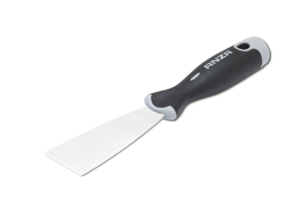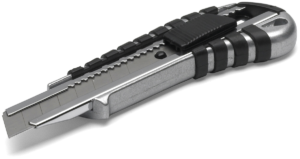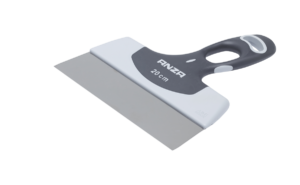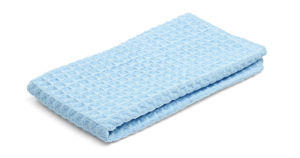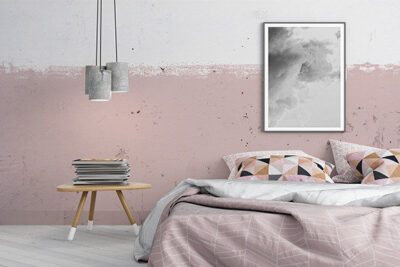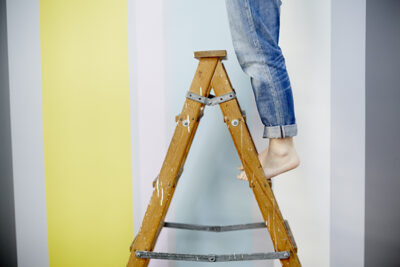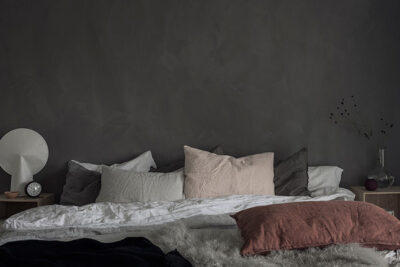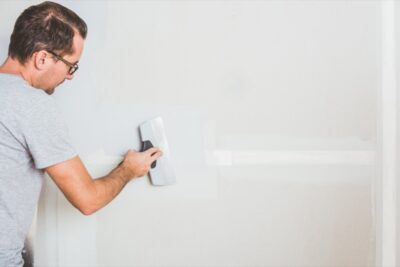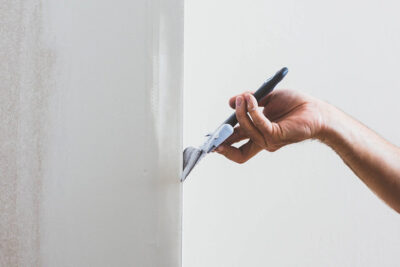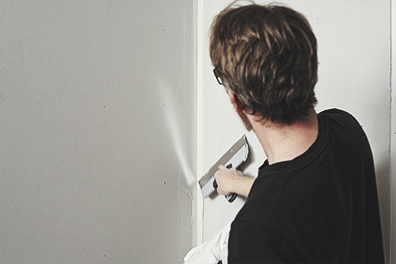- Home
- Plastering
- Plastering for beginners
-
Don't forget the groundwork!
Perhaps you’ve heard that before and it has its reasons. With proper preparation, painting or wallpapering will be smoother and, above all, the end result will be much better. A common element of the preparation is plastering. It creates a smooth and good surface to paint on and if you wallpaper, the wallpaper will sit better.
-
Plastering wallpapered wall
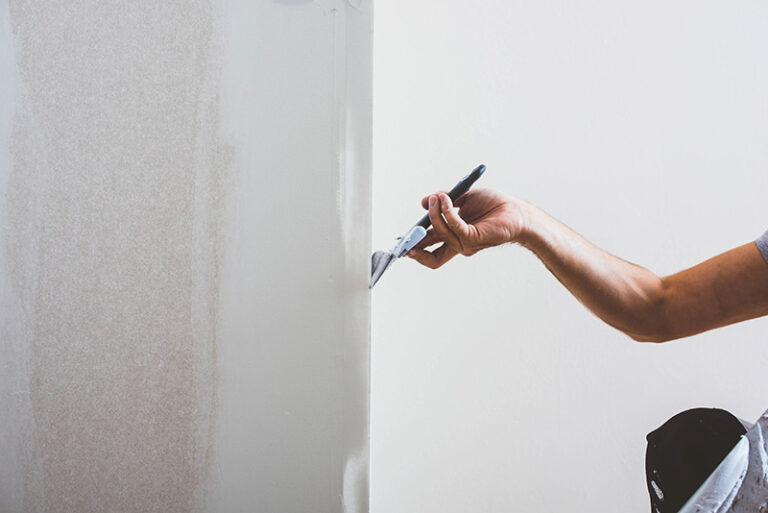
1. When painting or wallpapering a wall that has been wallpapered, start by scraping away any imperfections and removing nails and screws. Loose pieces of wallpaper are removed with a steel scraper and knife.
2. Then take a piece of sandpaper and sand away any remaining wallpaper residue.
3. Next, apply plaster over the areas where you have removed the wallpaper and nails. Move the wide filling knife over the plaster to make the surface even. Allow to dry and plaster again if the unevenness and holes are large.
4. Sand the plaster when it has dried and brush off the sanding dust. Done!
Now you have a smooth and nice surface to wallpaper or paint on. Please watch our video Plastering a wallpapered wall for further step-by-step instructions.
-
Plastering drywall or uneven wall
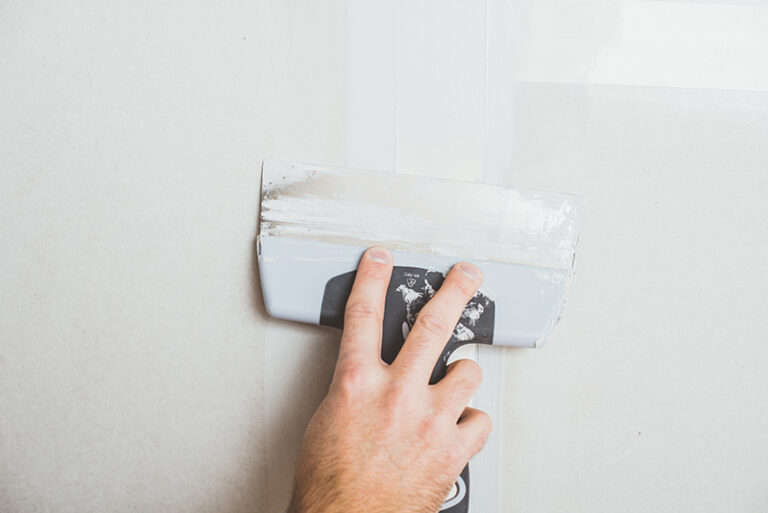
If you have an uneven wall where the entire surface needs to be filled, a different technique is required. Our professional painter will help you solve the task in the video Plastering walls
Is it instead a new drywall that you are preparing? Then joints and recesses between the drywalls must be filled. You can see how to do it in the step-by-step film Plastering a drywall. Among our videos you will also find Plastering with a roller, where our professional painter shows you a technique of rolling out the plaster with a roller.

